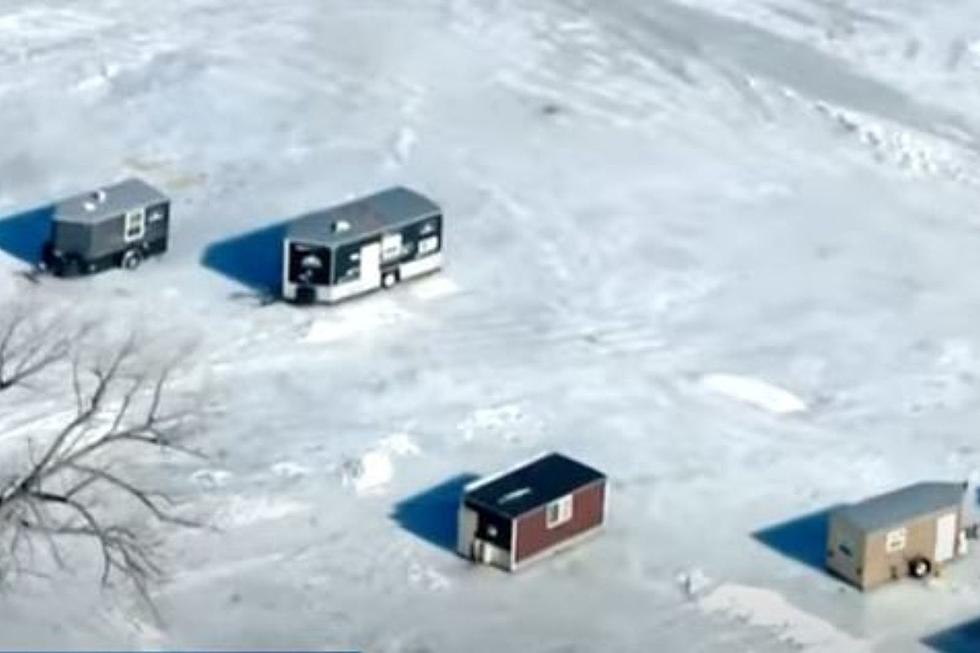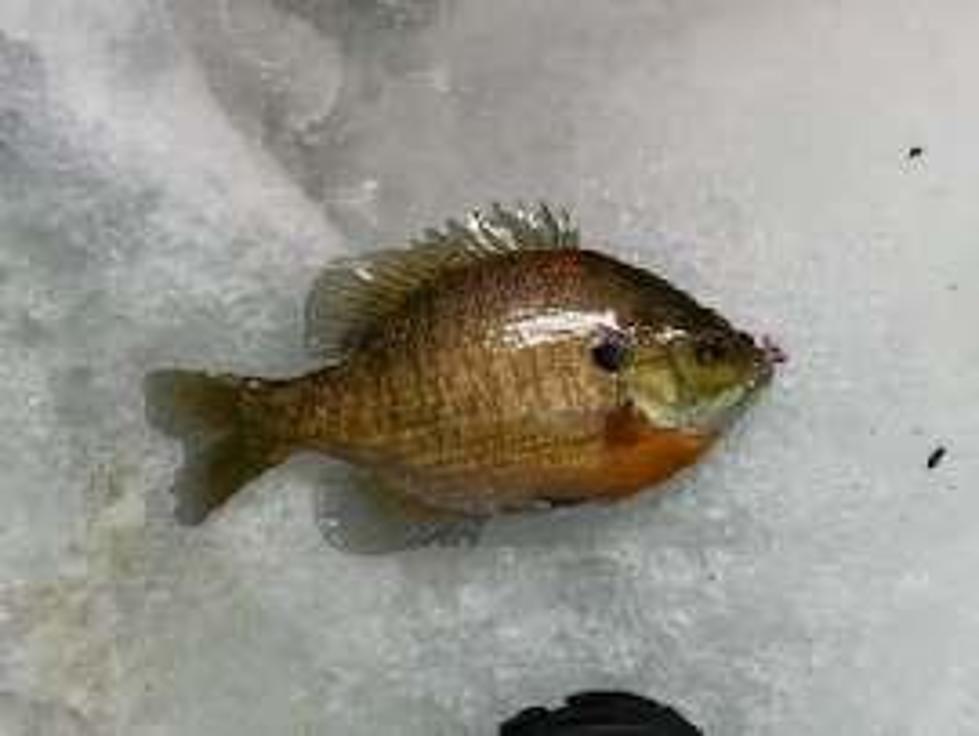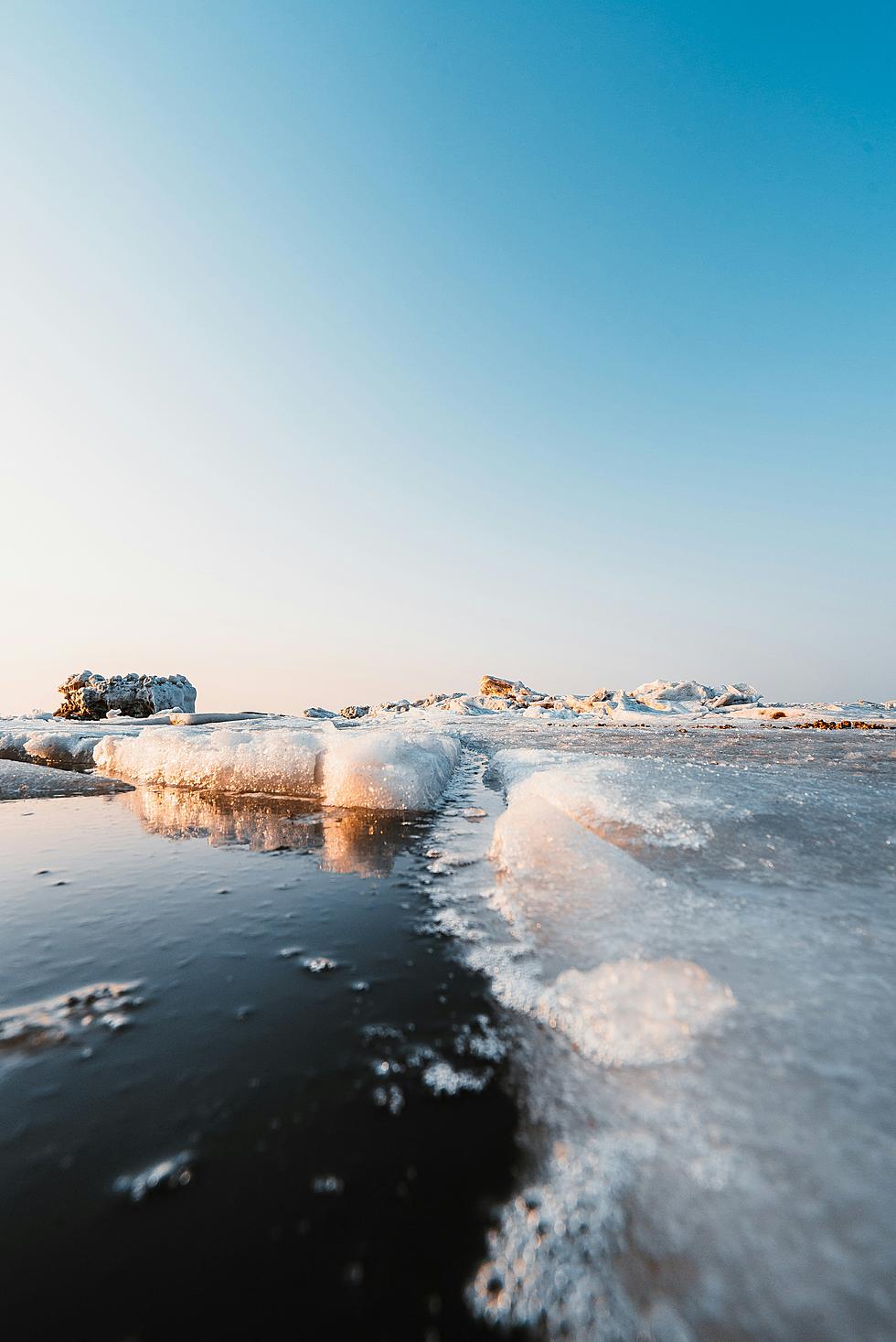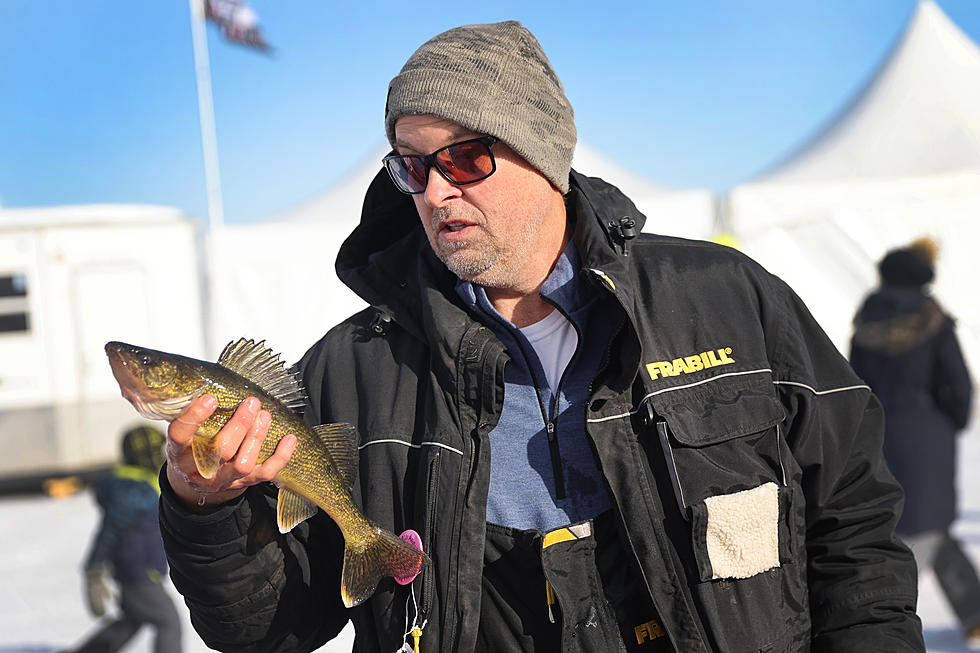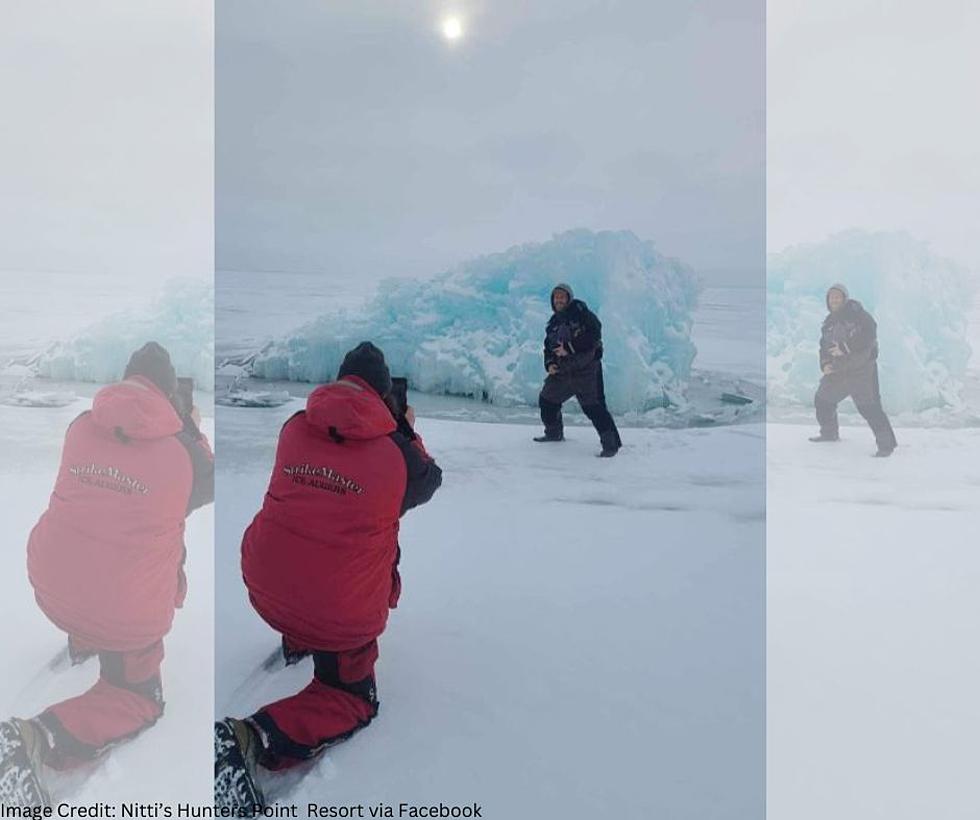
Jerry Carlson Outdoors: Gearing up for Late Ice Perch
I don’t know of very many honest to goodness rags to riches stories, but I would have to say perch come about as close to a fairytale as any fishing story I know. These golden beauties that were once maligned as trash fish now sit near the top of the heap.
I find this whole perch realignment to be quite fascinating. There was a time when they were thought of as a worthless bait stealer. When anglers did catch them, many threw
them on the ice in an effort to show their disdain for this pesky marauder.
Today, jumbo perch are looked at much differently. Today, anglers will drive hundreds of miles to have a crack at catching big perch. Perch undoubtedly generate a lot of excitement.
When it comes to perch lakes in the Upper Midwest, there are quite a few good ones. Usually these lakes are large and sustain a healthy walleye population along with the perch.
A classic example of this is Mille Lacs Lake in Central Minnesota. This 132,000 acre fish factory is home to a very respectable population of jumbo perch. Many of these perch measure in at ten inches, but you will also find 11s and 12s in the mix.
From my experience, late ice is always a good time of the year to be thinking about chasing perch. These fish get quite aggressive and hungry as they start their annual migration to shallow water to spawn.
To get more specific information on Mille Lacs perch, I talked with Mike Christensen from Hunter Winfield’s Resort, located in Isle on the south end of the lake. According to Christensen, the Mille Lacs bite has been pretty consistent all winter.
Although anglers have been catching perch in his rental houses throughout the frozen water season, Christensen believed the best bite didn’t really get going until after the first big thaw. Once the snow was off of the ice, the perch activity really picked up.
As far as location, Christensen felt the deep water transitions where the gravel turned to mud were key areas. He believed the insect larvae available at these locations were responsible for concentrating the fish.
Christensen went on to say that these fish can be pretty finicky at times. He preferred to use spring bobbers and even a camera to help detect the light bites. When asked about the best bait, he felt anglers should try to mimic baits that look similar to what the fish were spitting up.
From my own Mille Lacs experiences, I have had good luck using Euro larvae, or maggots as they are often called. It seems the larva smell associated with maggots is something perch like. I have also utilized small jigging spoons tipped with a crappie minnow head. Some anglers are successful with a small minnow under a bobber. Plastics, such as Northland’s Slug Bug tipped with maggots, have also produced fish for me.
There is one other technique I like to use that often works. Many times I will drop my jig right down to the bottom. There is something about stirring up the sediments on the bottom that brings fish in and makes them interested in eating. Pulling your jig slowly off of the bottom may mimic emerging larvae.
I was in total agreement with Christensen when he mentioned the need for mobility. Perch will roam in large schools and can create a feast or famine situation if you are in the wrong spot. Waiting them out does work, but I have had more success hole hopping and trying to follow the fish.
Jumbo perch are certainly a quality quarry for anglers. Not only are they scrappy fighters when you hook them, they are excellent on the table. With so many lakes available for perch fishing, it is not hard to understand their rise in popularity.
More From AM 1240 WJON
